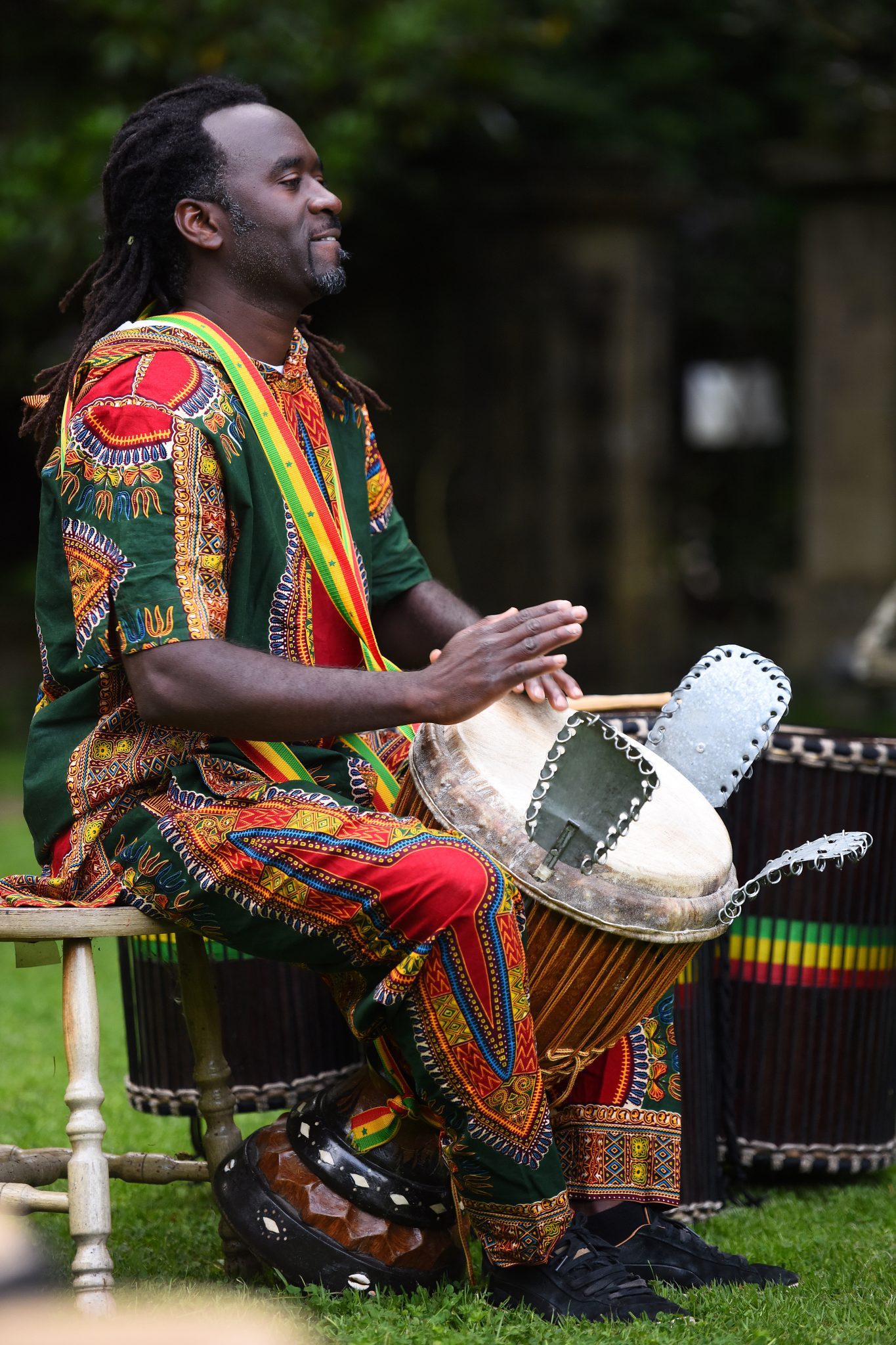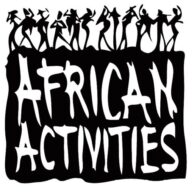Call and response song from Ghana
Learn how to lead a call and response song session, the context and the uses of the songs…
What is call and response?
Call and response song is a very simple harmony consisting of one lead caller and then a group of responders who repeat a key phrase throughout the piece.
It is a fantastic way to engage children who maybe disengaged and even frightened of singing.
Call and response is used in Ghana to motivate and raise morale, especially useful when group labour is needed for example when tilling the soil or hauling in fishing nets.
In the same way you can use a call and response song in class to unify and invigorate children and signify a change in activity.

Resources call and response song
Please find here recordings and videos of the songs that Kwame has taught during your sessions. There are also some new songs for you to hear direct from Patrick and Joe in Ghana, please let us know if you would like the audio file.
You will not find written lyrics here – call and response is part of a rich oral tradition. It is an auditory learning process. The PDF holds back ground information on the songs so you can understand the meaning and context.
Sound scape of Ghana
We thought you might like to use some of these tracks to set the scene for the children learning and to give them an auditory sense of space.
This recording is of frogs and crickets in the Savannah around Buipe. Perhaps the children might note how similar their call is to the bell.
This recording is of ‘drivers mates’ calling out the destinations of the buses they work for. These mini buses are called TroTro and the travel all over Ghana.
This recording is of the rain falling in Buipe.
A Journey Through Musical Heritage
In the rich tapestry of West African musical traditions, the call and response format stands as a vibrant thread weaving through the very essence of cultural expression. For instance, in traditional Malian music, the kora player may initiate a melodic phrase, and the accompanying balafon player responds with a complementary rhythmic pattern, creating an intricate musical dialogue that captivates listeners.
This unique musical dialogue has not only shaped the rhythmic landscapes of Africa but has also left an indelible mark on the evolution of genres like rhythm and blues, defining the musical journey of African Americans. For example, in the song “Respect” by Aretha Franklin, the singer’s powerful vocal delivery serves as the ‘call,’ prompting the backing vocalists to respond with the iconic refrain, creating a dynamic exchange that energizes the entire performance.
At its core, the call and response format is a dynamic musical conversation, where a lead vocalist or instrument (the ‘call’) initiates a melodic or rhythmic statement, and others in the ensemble respond with their own musical contribution. An excellent example of this can be found in the Afrobeat genre pioneered by Fela Kuti, where the horn section often echoes and elaborates on the phrases played by the lead saxophonist, creating a complex and engaging musical dialogue.
Rooted in the traditions of West Africa, call and response songs have been integral to various cultural practices, ranging from religious ceremonies to work songs. For instance, during a Yoruba religious ceremony in Nigeria, the priest may chant a spiritual incantation, and the congregation responds with rhythmic clapping and singing, fostering a sense of collective participation and spiritual connection.
As the African diaspora unfolded through the transatlantic trafficking of enslaved people, the call and response format found a new home in the hearts and voices of African Americans. For example, in the spiritual “Wade in the Water,” the lead vocalist sings a line, and the chorus responds with a harmonized refrain, reflecting the communal spirit and resilience of enslaved individuals.
The call and response tradition became a cornerstone in the development of rhythm and blues (R&B), a genre that emerged in the mid-20th century. Artists like Ray Charles, in songs like “What’d I Say,” utilized call and response techniques to create a dynamic and interactive atmosphere, inviting listeners to engage with the music on a deeper level.
Call and response songs in West Africa often served as more than just entertainment; they were powerful vehicles for conveying messages, stories, and cultural values. Similarly, in the American context, work songs like “John Henry” emerged as a testament to the resilience and unity of African American communities, with the call and response format serving as a means of collective expression and solidarity.
In exploring the call and response songs of West Africa, we uncover not just a musical tradition but a profound cultural and historical narrative. The rhythmic and melodic conversations that originated in the heart of Africa have reverberated across time and continents, leaving an indelible mark on the musical heritage of African Americans and influencing genres like rhythm and blues. It’s a testament to the enduring power of music as a universal language that transcends borders, connecting us to our roots and each other.
Online resources
Here is a run down of the materials we have on offer online.
Not seen what you are looking for? Do let us know what you would like to see and we will try and upload it.
Adinkra symbols
Proverb and symbols explained with worksheets and video. Make your own stamps and hold a workshop.
Ghana Power point
An introduction to Ghana in West Africa.
Recycling
A series of videos explaining how to turn a milk bottle into birds, masks and elephants and how to make beads.
Singing
Video, audio files and notes to help you lead a call and response session in your class.
fair trade
Real life examples of the imapct of Fair Trade in Ghana. Plenty of materials including a power point and wordsearch.
YouTube Channel
Lots of videos and information.

